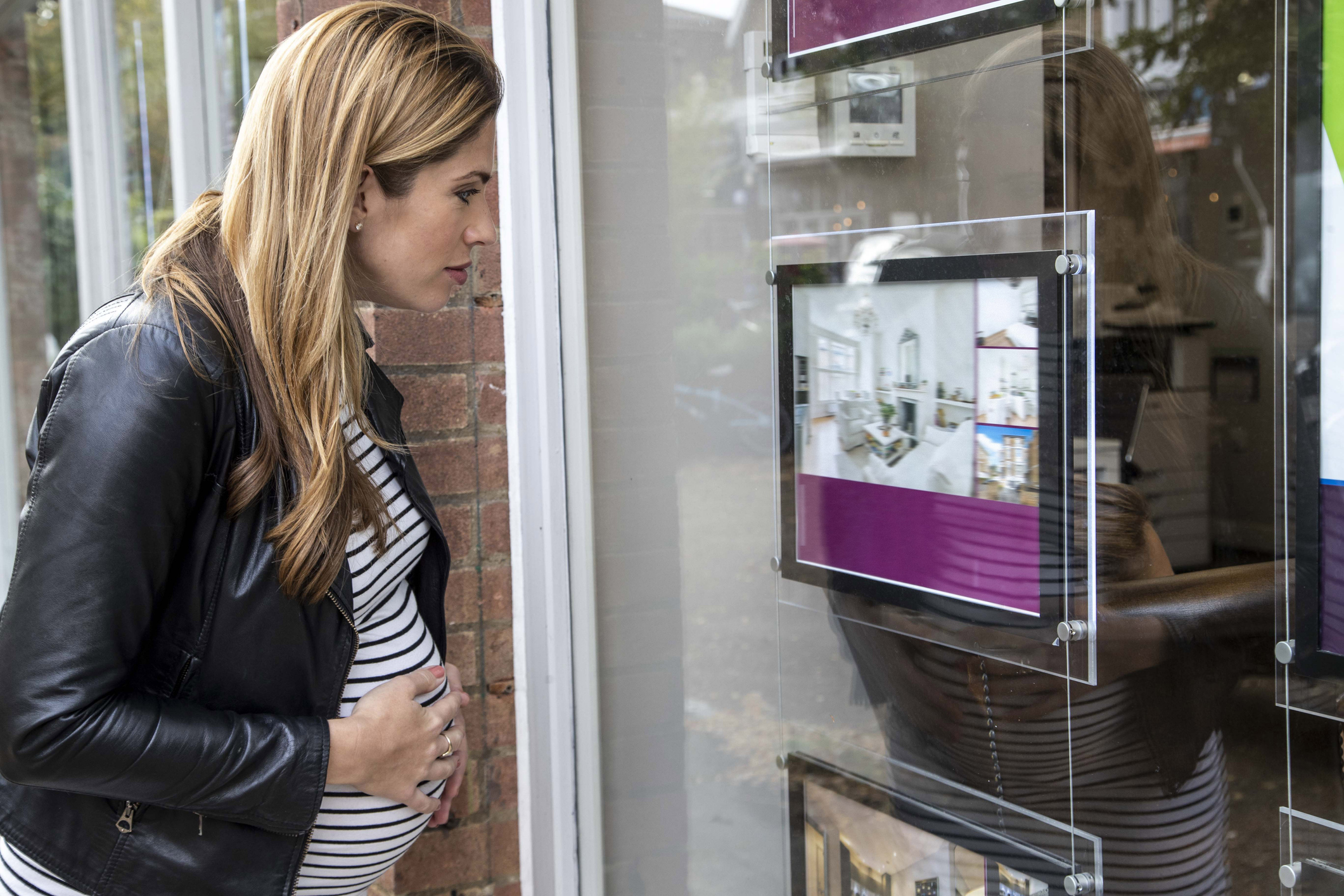Wee drams fetch big prices
Bottles of rare whisky have proven themselves to be rather tasty investments, says Chris Carter.


With a whisky export industry worth £4bn a year, you can see why Scotland is leaning on the government to legally define Scotch. Under European Union rules, the whisky has to be aged for at least three years in barrels before it can be sold to the consumer. Many in the industry, which employs around 20,000 people, fear that a trade agreement with America after Brexit could see a loosening of standards at home, as well as a glut of cheaper American whiskeys flooding the market.
Globally, however, the picture is more promising. Worldwide sales of whisky are on course to grow by almost a third in the decade to 2020, fuelled by American and Asian drinkers. For example, Japan makes its own well-regarded whiskies, but not enough to satisfy its thirsty populace. Britain is by far Japan's biggest supplier with a 62% market share, followed by the US and Canada, notes Bloomberg.
But it's in the auction room that the popularity for a "wee dram" has been most evident. Between April and June of this year, 21,617 bottles were sold, fetching almost £6.2m, compared to £2.8m last year. "The performance of Scotch malt whisky at auction over the past three months has been nothing short of phenomenal," Andy Simpson of analysts Rare Whisky 101 tells The Scotsman. But the price rise hasn't just been confined to the last quarter. Over the past 12 months, the Rare Whisky Icon 100 index, which tracks the prices of 100 rare whiskies, has risen by 8.27%, and over the past ten years, the index is up by 388.28%. In May, a single bottle of 1972 Brora almost doubled its estimate, bringing in £14,500.
Subscribe to MoneyWeek
Subscribe to MoneyWeek today and get your first six magazine issues absolutely FREE

Sign up to Money Morning
Don't miss the latest investment and personal finances news, market analysis, plus money-saving tips with our free twice-daily newsletter
Don't miss the latest investment and personal finances news, market analysis, plus money-saving tips with our free twice-daily newsletter
As with any collectable investment, to get the best returns, you need to know your stuff. Of course, if you don't, you can have a lot of fun learning. But stick to the "reputable houses" and you won't go far wrong, advised "world-renowned collector and connoisseur" Mahesh Patel in a Forbes article last year. Also, bottles from defunct makers such as Brora, which closed in 1983, are "highly collectable". For seasoned drinkers, reputable auction houses are a good place to pick up rare whiskies. Bonhams in Hong Kong is holding a sale on 18 August (but don't forget about the 22.5% buyer's premium).
More recently, those who want to invest but not drink have been able to get in on the success of rare whisky through WhiskyInvestDirect.com. The platform, launched by the people behind gold website BullionVault, allows investors to buy (and sell) Scotch whisky from 18 distilleries by the litre while it's still ageing in the barrel. Commission is 1.75% on trades, while storage and insurance costs 15p a year per "litre of pure alcohol" (LPA which roughly makes three and a half standard-sized bottles). Just don't tell the purists.

Japan's superior tipples
While Scotch makers may be worried about "inferior" American whiskey flooding our shores, perhaps the real threat comes from superior Japanese offerings, says Yuri Kageyama in The Independent. "These days, Japanese whisky is winning accolades from around the world, often beating the products from Scotland its makers set out to emulate."
The price of Yamazaki Sherry Cask, for example, "shot up overnight" after expert Jim Murray heralded it as the Best Whisky in the World in his 2015 Whisky Bible. And as Jake Adelstein notes on Forbes, finding a bottle of Suntory's Hibiki 17, which featured in the 2003 film Lost in Translation with Bill Murray (pictured), is "about as easy as finding a seat on the subway during rush hour". Even if you are lucky enough to find a bottle, it will set you back at least 20,000 (around £140).
Still, that's not as expensive as a single bottle of 52-year-old Karuizawa 1960, which cost £12,000 when just 41 of them were released in 2013. It turned out to be a bargain. In April, a bottle fetched £100,100 at a sale held by Perth-based Whisky Auctioneer, setting a British and European record for the most expensive bottle sold at auction. Taken together, all 296 bottles sold at that auction smashed their £500,000 estimate to rake in £770,000. "I don't think we ever expected to have this much interest", auction-house owner Iain McClune told trade magazine The Spirits Business. That looks set to change.
Auctions

A "selfie" of astronaut Buzz Aldrin takenwhile on a spacewalk is expected to go for£1,200 on 14 September at BloomsburyAuctions in London. The snap wastaken during a Gemini mission inNovember 1966. It shows Aldrinwith the Earth behind him. Thereverse bears the serial numberNASA/66/69926, indicating it hadbeen stored in the space agency'sarchives until it was bought by theseller, a private collector, in 2015."It is the first space selfie in historyand anything related to the Geminimissions is highly sought after bycollectors," says Valentina Borghi,a specialist at the auction house.
Going
One day in 1963, Andy Warhol walked intoa photo booth in New York and paid a dimeto take a "selfie", in what "was the beginningof the artist's ownface becoming adistinctive featureof his artwork untilhe died", notesThe Guardian. Theiconic print artworkbased on that singlestrip of photographswent under thehammer at Sotheby'sin London at the endof June, fetching justover £6m.
Get the latest financial news, insights and expert analysis from our award-winning MoneyWeek team, to help you understand what really matters when it comes to your finances.

Chris Carter spent three glorious years reading English literature on the beautiful Welsh coast at Aberystwyth University. Graduating in 2005, he left for the University of York to specialise in Renaissance literature for his MA, before returning to his native Twickenham, in southwest London. He joined a Richmond-based recruitment company, where he worked with several clients, including the Queen’s bank, Coutts, as well as the super luxury, Dorchester-owned Coworth Park country house hotel, near Ascot in Berkshire.
Then, in 2011, Chris joined MoneyWeek. Initially working as part of the website production team, Chris soon rose to the lofty heights of wealth editor, overseeing MoneyWeek’s Spending It lifestyle section. Chris travels the globe in pursuit of his work, soaking up the local culture and sampling the very finest in cuisine, hotels and resorts for the magazine’s discerning readership. He also enjoys writing his fortnightly page on collectables, delving into the fascinating world of auctions and art, classic cars, coins, watches, wine and whisky investing.
You can follow Chris on Instagram.
-
 Government launches full review of parental leave and pay – what could it mean for you?
Government launches full review of parental leave and pay – what could it mean for you?The government wants parental leave to be fairer - will its shake-up fix the widespread problem for families?
-
 Nationwide: House prices see biggest monthly fall in over two years
Nationwide: House prices see biggest monthly fall in over two yearsUK house prices dropped by 0.8% in June, according to Nationwide. We reveal the top-performing and worst-performing regions